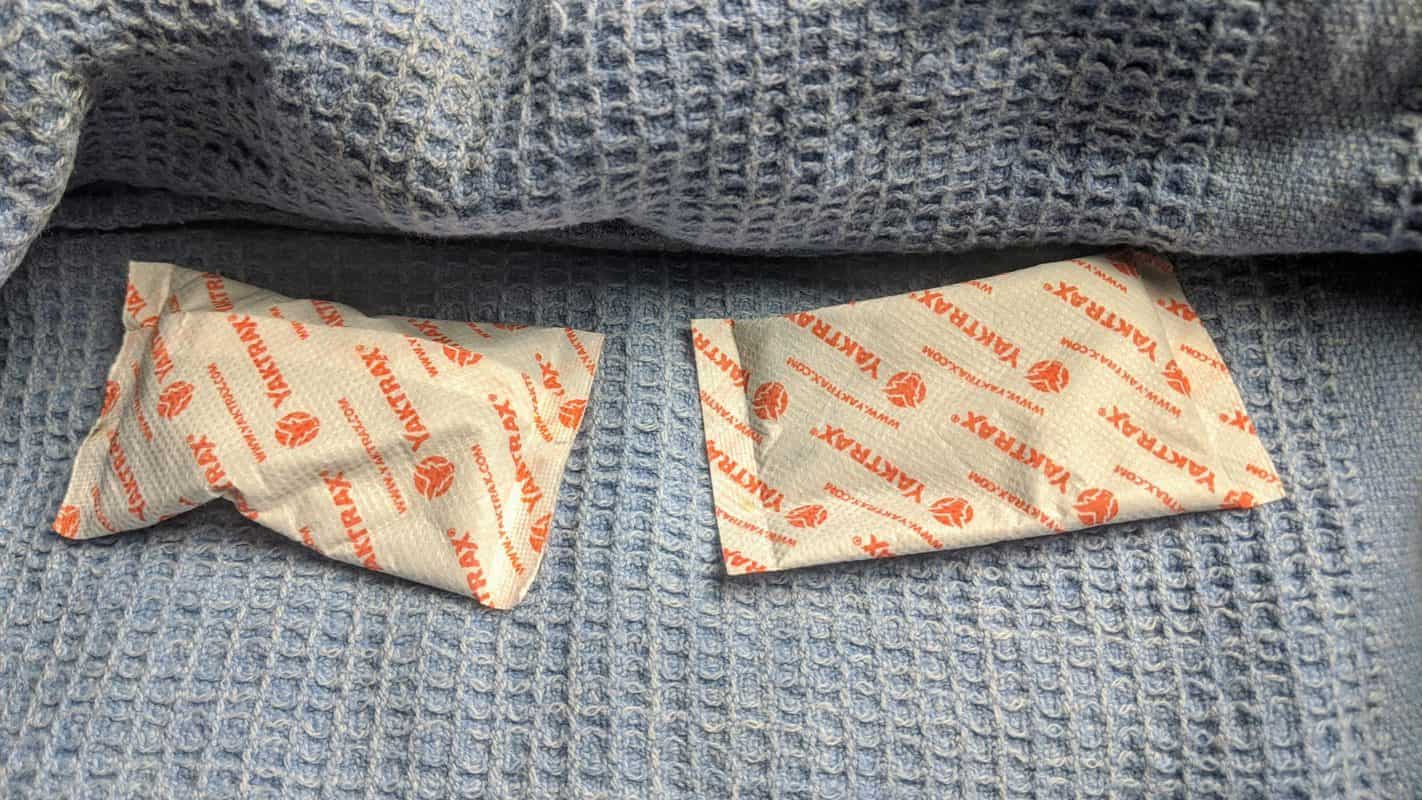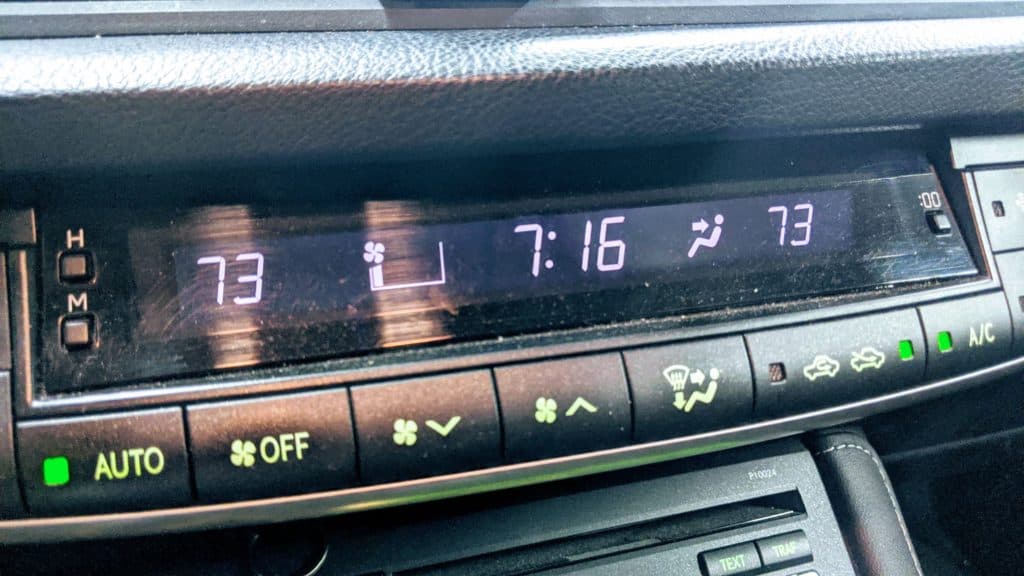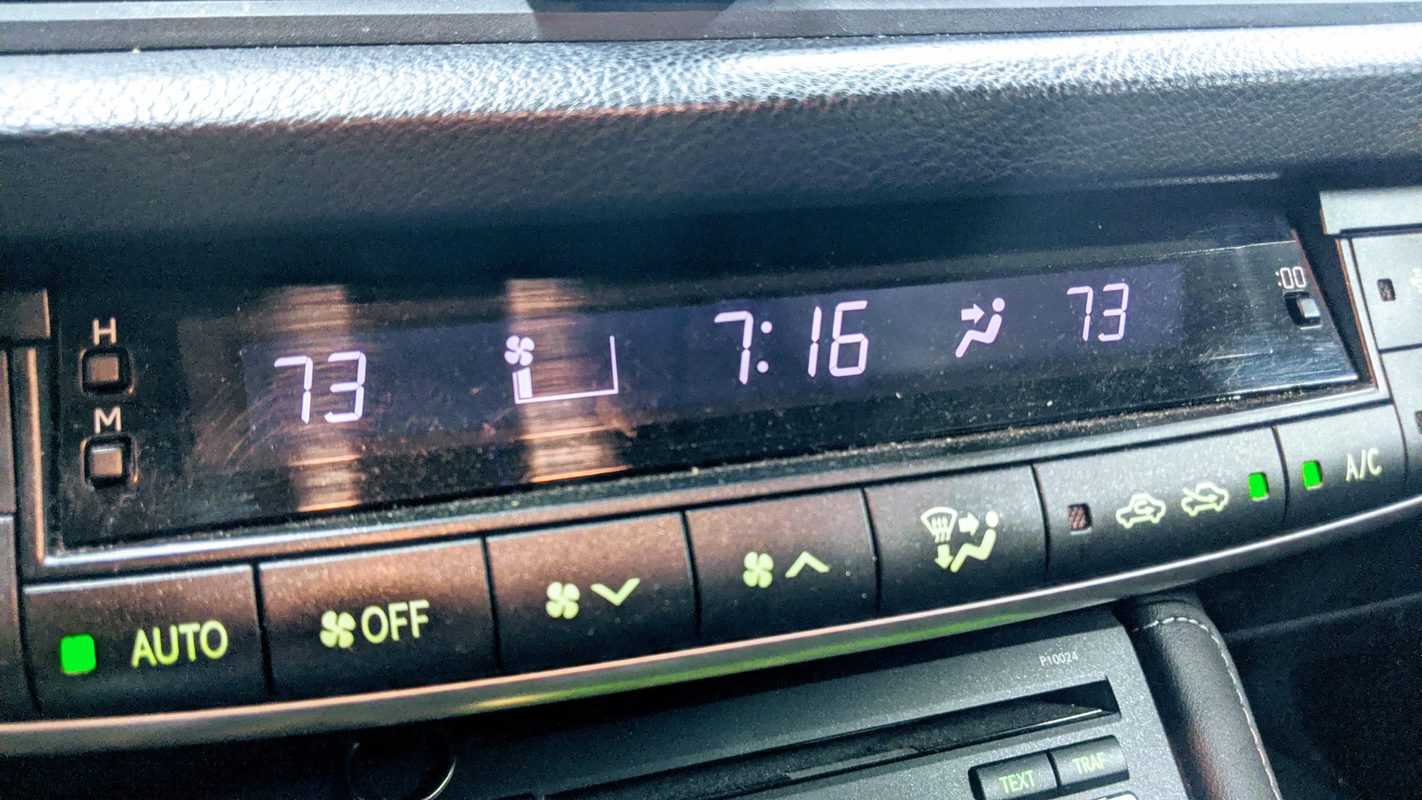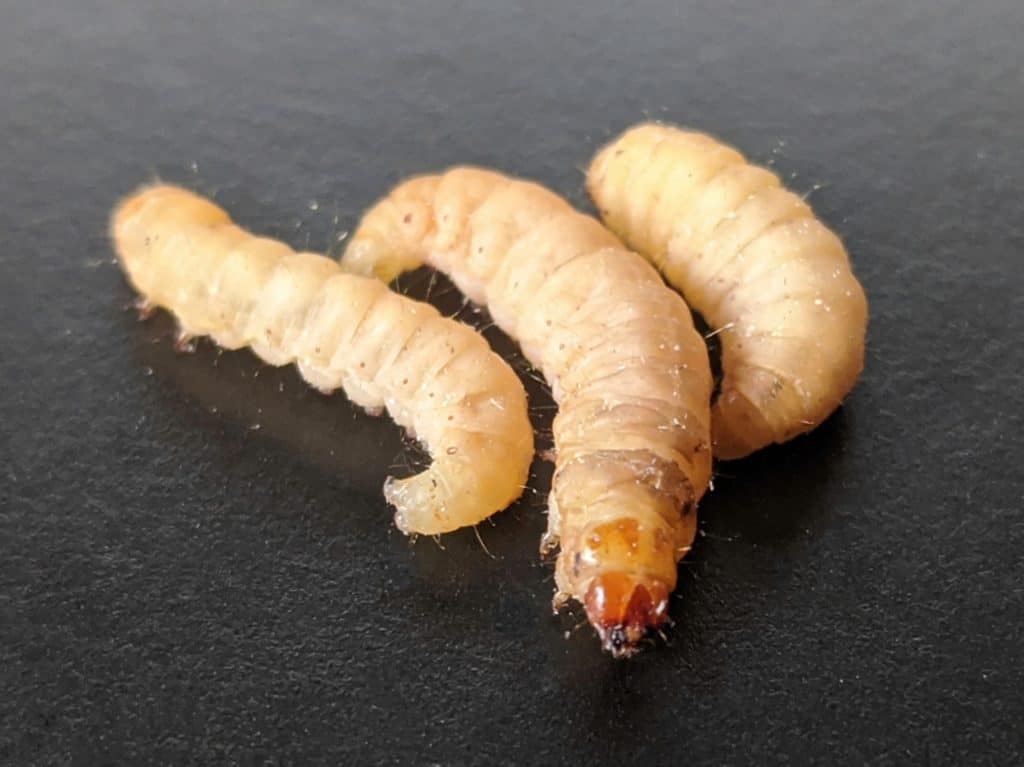how to travel with bearded dragon
It’s bound to happen. You are going to run into a situation where you need to take your beardie somewhere. Whether it’s the vet, to have them boarded, or on an extended trip, you are going to have to travel with your beardie at some point in time.That leaves you with the question of how to travel with a bearded dragon. Not only short distances, like taking them to a vet or down to the park for a nice day in the sun but also long distances.Reading: how to travel with bearded dragonWhen traveling with a bearded dragon, keep them inside of an enclosure that provides room to move and is lined with soft material to cushion any sudden motion. Use hand warmers or heat packs wrapped in a towel to provide warmth. Secure the enclosure in place to prevent harm in the case of an accident.If you are wondering if and how long your beardie can stay home alone, make sure to check out our in-depth article here. If you have decided that you’ll need to take them with you, read on!Bearded dragons don’t really like change (none of us do, right?). So if you can leave them home safely, that’s usually the best option. This, of course, excludes trips outside to be in the sun. It also excludes those of you who take your beardie everywhere and your beardie is used to new and exciting environments.For the other beardie owners out there who don’t travel with their dragon regularly, there are a few simple steps to traveling with a bearded dragon that will make life easier for you and your dragon.
Short trips
Contents
The most common reasons you’ll need to travel with your beardie are trips to the vet or taking them somewhere to have them boarded. Both are usually short trips, so arranging for their safe transport is a relatively simple matter.
Making a carrier
There are a few basic concerns when putting together a carrier for your beardie to travel in:
- Ventilation
- Safety
- Temperature
When we take Bacardi to the reptile store to board her, we use a large shoebox. It’s actually a box that boots came in, so it is amply sized for her to move around a little. It’s also not big enough to be cumbersome or easily dropped.This has worked really well for several trips and is our preferred method. The box is opaque, so it keeps her calmer than one she could see through. We’ve seen carriers that are clear, and that doesn’t limit the stress of travel.Bacardi seems to do well in a cozy, dark enclosure while traveling. She does scratch at the sides a little but nothing frantic and usually not for long.Other viable containers to use would be properly sized Sterilite containers, cardboard boxes, Rubbermaid bins, and other similar containers as long as they have a lid that is secure and cannot be pushed open by your beardie.
Ventilation
A primary concern for the carrier is that there is proper ventilation. Your bearded dragon, like you, enjoys breathing! Make sure they can do it by ventilating the carrier. Making a series of small ventilation holes across the top of the carrier will do the trick nicely.If you’ve chosen a plastic container with a tight-fitting lid, ensure that you have ample holes made. It’s also a good idea to put holes not only in the top of the carrier but on at least one side as well. This will aid airflow, which is good for your beardie!
Safety
Bearded dragons, while being fairly resilient for their size, are also susceptible to injury while traveling. It’s important to take a few precautions to ensure they are safe.First, make sure to line the carrier with soft towels. Don’t just plop them on to a bare cardboard or plastic bin bottom. They not only need something to be able to hold on to, but they need some padding for comfort too!As your car moves, your beardie will slide around helplessly without this bedding. Even slight turns, minor acceleration, or gentle braking will send them skidding across the carrier and into the side of their traveling enclosure.This type of instability can cause both undue stress as well as injury. For these reasons, we not only like to line the bottom of our carrier but also allow the towels to cover at least the bottom portion of the sides too.Speaking of the motion of your car, take it easy! There is no reason to speed around, accelerate hard, or brake quickly. Take care not to be all herky-jerky in your driving. Your beardie will thank you for it!Lastly, make sure to buckle up! Place the carrier on the seat of your car and use the belt to secure it in place. It won’t do much in the case of a major accident, but it will help a whole lot if you have to slam on the brakes to avoid one.
Temperature
As we covered in our in-depth guide to lighting (article coming soon), bearded dragons are exothermic animals, which means they get their needed body heat from outside sources.That said, we aren’t trying to replicate their vivarium for short trips. They won’t need a basking spot. They simply need a comfortable temperature for the duration of the trip.That means that you’ll need to provide a modest heat source, but nothing crazy. The goal is to give them a temperature of 65-70℉ (18-21℃) at the low end to around 90℉ (32℃) at the high end. While there are quite a few ways to do this, I’ve used two very successfully and like them the best.As a note, this only applies to cold weather. With an ambient temperature of 75℉ (24℃) or higher, this won’t be necessary in most cases.Heat packsAlso known as hand or foot warmers, these packs use a chemical reaction to get and stay warm for hours. They are great if your trip is going to be longer than an hour. With a little care, they are the ideal solution. Just make sure to follow a couple of simple guidelines.We keep a couple of these hand warmers rolled up in the towel when heat is needed.First, don’t use too many. We use two in Bacardi’s boot box carrier, and it’s the perfect amount. Even though they don’t feel like it at first, heat packs put out a lot of heat. They can get up to about 105℉ (41℃) in the right conditions and typically level out in the 80℉ range (27℃).Inside of a closed container, even one that is well ventilated, a lot of heat can build up. We recommend using your temp gun to test and monitor just how many you’ll need and to make sure you don’t overdo it.Remember our goal of 70-90℉ (21-32℃) for the duration of the trip.Second, make sure to wrap the warmers in towels. They can get hot to the touch and your beardie could burn itself if it decides to lay directly on them. They fluctuate in temp and can go from comfortable to hot pretty fast.Third, keep them off to one side of the carrier. Just like in a bearded dragon’s primary home, give them the ability to regulate their temperature by moving closer to or further from the heat source. The goal is not only to keep your beardie warm but to allow them to be comfortable as well!Hot waterOur other preferred source of heat is much simpler. It’s what we use on shorter trips of an hour or less. It’s also free!Read more: how to make a wooden surfboardHot water is a great way to keep your traveling carrier warm. It’s simply a matter of how to pack the water without it being a hassle.Some people choose to use plastic bottles filled with hot water. We’re not a fan of this as water bottles are big, heavy, and can roll around in a moving car. These are not ideal qualities when trying to keep your beardie safe.Instead, we make a homemade water-based heat pack. I take a 12” x 12” microfiber towel and fold it in quarters. We soak it in warm water and ring some of the water out. Enough that it’s not dripping everywhere, but still nice and soaked.Then we put it in a freezer bag and seal it with just a little bit of air trapped inside. The air serves as insulation and keeps the towel warm longer. You’ll be surprised at how long this little set up can keep warm!Now, put the whole thing in the microwave for a few seconds. When done, measure it with your temp gun. You are looking for the 90-95℉ (32-35℃) range. This is not hot enough to go over our goal temps for too long, but still warm enough to last for a while as the pack cools down.Once you have the pack at the right temperature, fold it in half and place it under the towels on one side of your carrier. This gives your beardie a warm side and a cooler side to pick from. We’ve used this method a bunch of times, and it works great!Your car’s temperatureOne last step before taking off with your bearded dragon in tow is to get your car to the right temperature. If it’s too cold, a lot of the warmth in your carrier will quickly dissipate. If it’s too hot, the carrier could get too warm.Take a few minutes before you load up the car to get it to its traveling temperature first. We like to keep ours at about 70-75℉ (21-24℃) for the duration of the trip.
Monitor your beardie
In the end, this isn’t rocket science. Make sure your carrier is ventilated, padded, strapped in, and at a reasonable temperature. For shorter trips, temps anywhere from 70-90℉ (21-32℃) will work well. It doesn’t have to be exact.What you want to avoid is too cold (below 65℉/18℃) or too hot (over 90℉/32℃). The way to do this is to periodically check on your beardie during the trip. With just a little care, they’ll be just fine and no worse for the wear over their short journey!
Medium length trips
A quick note before we discuss long trips (over a day).Your beardie will be fine without food and water for less than one day. In fact, most bearded dragons are just fine without for up to a few days as we discussed in our article outlining how long you can leave a bearded dragon home alone.That means that you will treat a medium length trip the same as a short trip with two exceptions.The first is maintaining the temperature. We like using the heat packs/hand warmers for this. They will last for up to 8 hours and will provide consistent heat for that period of time. Having a couple spares available just in case will help too.The second is checking for beardie poop. It’s not unusual for the stress of a trip to make your beardie poop. When this happens in a small enclosure like your travel carrier, it’s important to get it cleaned out relatively quickly.If you don’t, you’ll find that your bearded dragon will walk around in it and make a much bigger mess than you will want to handle during your trip.The good/bad news is that beardie poop STINKS! In the small enclosed area of your car, if you’ve properly ventilated your carrier, you’ll know exactly when they pooped. Just make sure to stop and get it cleaned up.For their sake and the sake of the breathable air in your car!
Long Trips
The basics of your carrier setup will be the same regardless of the length of your trip. Safety, ventilation, and temperature will still be your main concerns.To those basics, you’ll want to add provisions for food, water, and UVB light.
Food
You’ll want to pack enough food (both greens and feeder insects) for the duration of your trip. A small cooler will work great for this.You know better than anyone what your beardie likes, so try to keep their diet consistent if you can. Adding new food to the stress of a trip is a good way to make your dragon not want to eat. Stick to their favorites!
Digestion
It’s important to remember that in transit, your carrier will be heated to a comfortable temperature. It will not be heated to a basking temperature. This is important.Bearded dragons rely on spending a good deal of time in their basking spot to aid in digestion. Without this higher heat, they simply can’t digest their food. If they can’t digest their food, they are in for some problems.Unless you have worked out a way to provide a basking spot (and this should always be under a light, not the result of a heating pad), it’s probably best not to feed them while traveling.Wait until you arrive at your destination. There you can set up their temporary home, complete with a basking lamp. Once that is in place, they can get their feeder insects.If you are going to be in transit for more than 3 days, you’ll want to find a way to set up a traveling basking area. Again, this should ALWAYS be a light and NOT a heating pad. Heating pads can burn your beardie and do a poor job of heating their bodies to aid in digestion.Basically, a pad simply heats their bellies. Basking under a lamp provides heat throughout their body. This is what is needed for proper digestion.
Feeder insects
One tip for your feeder insects. Worms will be much easier to travel with. Butter worms or horned worms are great options. You can keep them in the cooler with your greens and they will be less of a hassle than crickets or roaches. You can see our complete guide to using worms as feeders here.
Pre-trip feeding
One often overlooked feeding tactic for trips is what pre-trip feeding looks like.During your trip, as noted in the digestion section above, you won’t be providing basking temperatures while en route. This means that your bearded dragon will need appropriate time and temperatures to digest their last pre-trip meal.That means they should get a big meal the day before you leave, but nothing the day of. Give them a few more feeders than normal and as many greens as they want the day before you leave. Then allow them a full day to bask and digest.Do not feed them the morning of your travel day and put them in their carrier. Even though it seems like they might like a meal for the trip, they aren’t human. They can’t digest that meal while in their carrier!
Supplements
Just because you are on a trip, don’t forget their normal supplements. Not sure what that looks like? See our detailed instructions here.
Water
As with food, your bearded dragon can go a day or two without water. Unlike food, they don’t need to digest water, so there is no reason not to make sure they are hydrated during your trip.Once a day, or even twice a day baths are the ideal solution here. Simply give them a nice ten to twenty minute soak one to two times a day and that should take care of their hydration needs.If you just said, “Give my bearded dragon a bath?! That sounds weird!”, then head directly to our bathing guide here. Regular baths are an important part of providing care for your dragon whether you are traveling or not!
UV light
As noted in our complete guide to bearded dragon lighting (guide coming soon), beardies need daily doses of UV light. This helps them convert their dietary calcium to a form their bodies can use. A healthy beardie needs regular doses of vitamin D, and this comes from UV light!
Sunlight in the car
Some people in forums suggest that allowing direct sunlight while in the car can address this need. We strongly caution against that!
Sunlight outside
One great tactic for getting your beardie some much needed UV light is to take them outside of the car with you.Take them for a walk. Bring them with you when you stop to stretch your legs. Get them out of their carrier, out of the car, and into the sun!Outdoor sunshine has a ton more UV light than any bulb you might provide for them inside. It is also much safer than sunlight in a car or carrier where it is concentrated with no ventilation.If the weather is nice, take a much needed break from driving and spend some time outside with your beardie. You will both enjoy the break!You may want to get a leash or harness if your beardie is not used to being outside or you are uncomfortable with this. This is a fun thing to have anyway, and your beardie will love that you take them outside whether you are on a trip or not.
Light at your destination
While we won’t go over details here, once you arrive at your destination, you are going to want to set up a place for your beardie to live for the duration of your trip.This temporary home should include all the things their permanent home has. This includes a strong source of UV light, on a timer, for 12 hours a day.Make sure you are bringing an adequate lighting setup for your trip. You’ll need both heat and UV.If you normally use two bulbs for this, one good solution for traveling (and honestly it’s a great solution to use in all applications) is to use an MVB (mercury vapor bulb).This type of bulb emits both heat and UV light. It not only puts out a better quality light than the separate bulbs but only requires that you use one bulb and one fixture.Be careful, bulbs like this require a little more attention to detail to be effective. Once you know this, it’s a great solution for both at home and traveling light. Make sure to abide by the bulb maker’s directions on the distance from bulb to basking spot.Want to know more? You guessed it, we’ve covered MVB lighting in depth. Just check out our article here! (article coming soon)
Bon Voyage!
So there you have it. Everything you’ll need to know to keep your bearded dragon safe and happy during a trip.Remember, they rely on you for everything! Take care of your beardie and travel safe! Done right, you’ll have fond memories of your beardie road trips that you’ll cherish for years!Read more: how to say nice to meet you in french
Last, Wallx.net sent you details about the topic “how to travel with bearded dragon❤️️”.Hope with useful information that the article “how to travel with bearded dragon” It will help readers to be more interested in “how to travel with bearded dragon [ ❤️️❤️️ ]”.
Posts “how to travel with bearded dragon” posted by on 2021-11-05 22:39:22. Thank you for reading the article at wallx.net





